This article was co-authored by Zora Degrandpre, ND and by wikiHow staff writer, Janice Tieperman. Dr. Zora Degrandpre is a Natural Health Doctor and Licensed Naturopathic Physician in Vancouver, Washington. She is a grant reviewer for the National Institutes of Health and the National Center for Complementary and Alternative Medicine. She received her ND from the National College of Natural Medicine in 2007.
There are 41 references cited in this article, which can be found at the bottom of the page.
wikiHow marks an article as reader-approved once it receives enough positive feedback. In this case, several readers have written to tell us that this article was helpful to them, earning it our reader-approved status.
This article has been viewed 288,104 times.
Dealing with an inner thigh or groin rash? You’re definitely not alone. Rashes generally tend to pop up in places with a lot of moisture and lots of skin-to-skin contact, both of which your inner thigh and groin area have in spades.[1] Try not to worry, though—these rashes are easy to manage at home. Besides walking you through some simple treatments, we’ll also take a deep dive into what might be causing your inner thigh or groin rash. With a doctor or dermatologist’s official diagnosis, you can take specific treatment steps to help your rash disappear for good (and prevent it from coming back!).
Things You Should Know
- Care for the rash at home by letting it air out and washing it carefully. Always pat the irritated skin dry after you wash it.
- Manage the itchiness with oatmeal baths, hydrocortisone cream, and/or antihistamines.
- Chafing, razor burn, heat rash, jock itch, and contact dermatitis are all possible causes of inner thigh or groin rashes.
- Visit your doctor or dermatologist so they can officially diagnose your rash and help you come up with a specific treatment plan.
Steps
Warnings
- Never self-diagnose and treat the cause of your inner thigh rash without the help of a healthcare provider. Different skin issues may require vastly different treatment options—for instance, antifungal products are a popular treatment for jock itch, but you shouldn’t use them to treat pityriasis rosea.[46]⧼thumbs_response⧽
- Call your healthcare provider right away if your rash is painful, shows up quickly and spreads quickly, appears all over your skin, and/or doesn’t get better in 2 days.[47]⧼thumbs_response⧽
References
- ↑ https://myhealth.alberta.ca/Health/aftercareinformation/pages/conditions.aspx?hwid=abs2438
- ↑ https://my.clevelandclinic.org/health/diseases/22440-heat-rashprickly-heat#management-and-treatment
- ↑ https://medlineplus.gov/ency/article/003220.htm
- ↑ https://dermnetnz.org/topics/oatmeal
- ↑ https://www.aad.org/public/diseases/eczema/childhood/itch-relief/home-remedies
- ↑ https://myhealth.alberta.ca/Health/aftercareinformation/pages/conditions.aspx?hwid=uh4967
- ↑ https://medlineplus.gov/ency/article/003220.htm
- ↑ https://myhealth.alberta.ca/Health/aftercareinformation/pages/conditions.aspx?hwid=uh3252
- ↑ https://my.clevelandclinic.org/health/diseases/23517-chafing#symptoms-and-causes
- ↑ https://my.clevelandclinic.org/health/diseases/23517-chafing#management-and-treatment
- ↑ https://my.clevelandclinic.org/health/diseases/23583-razor-burn
- ↑ https://www.mayoclinic.org/diseases-conditions/heat-rash/symptoms-causes/syc-20373276
- ↑ https://www.nhs.uk/conditions/heat-rash-prickly-heat/
- ↑ https://www.mayoclinic.org/diseases-conditions/heat-rash/diagnosis-treatment/drc-20373282
- ↑ https://my.clevelandclinic.org/health/diseases/22141-jock-itch-tinea-cruris#symptoms-and-causes
- ↑ https://www.mayoclinic.org/diseases-conditions/contact-dermatitis/symptoms-causes/syc-20352742
- ↑ https://www.nhs.uk/conditions/contact-dermatitis/symptoms/
- ↑ https://www.mayoclinic.org/diseases-conditions/contact-dermatitis/diagnosis-treatment/drc-20352748
- ↑ https://www.aad.org/public/diseases/a-z/pityriasis-rosea-causes
- ↑ https://www.aad.org/public/diseases/a-z/pityriasis-rosea-symptoms
- ↑ https://www.aad.org/public/diseases/a-z/pityriasis-rosea-treatment
- ↑ https://www.aad.org/public/diseases/a-z/hidradenitis-suppurativa-overview
- ↑ https://www.aad.org/public/diseases/a-z/hidradenitis-suppurativa-causes
- ↑ https://www.aad.org/public/diseases/a-z/hidradenitis-suppurativa-symptoms
- ↑ https://www.aad.org/public/diseases/a-z/hidradenitis-suppurativa-treatment
- ↑ https://www.acog.org/womens-health/faqs/genital-herpes
- ↑ https://www.cdc.gov/std/Herpes/STDFact-Herpes.htm
- ↑ https://www.mayoclinic.org/diseases-conditions/genital-herpes/diagnosis-treatment/drc-20356167
- ↑ https://myhealth.alberta.ca/Health/Pages/conditions.aspx?hwid=tm6404
- ↑ https://www.cdc.gov/std/syphilis/stdfact-syphilis.htm
- ↑ https://my.clevelandclinic.org/health/diseases/23517-chafing#prevention
- ↑ https://my.clevelandclinic.org/health/diseases/23583-razor-burn#prevention
- ↑ https://www.nhs.uk/conditions/heat-rash-prickly-heat/
- ↑ https://my.clevelandclinic.org/health/diseases/22141-jock-itch-tinea-cruris#prevention
- ↑ https://www.nhs.uk/conditions/contact-dermatitis/
- ↑ https://www.ncbi.nlm.nih.gov/pmc/articles/PMC5908267/
- ↑ https://www.cdc.gov/std/prevention/lowdown/
- ↑ https://www.cdc.gov/std/herpes/stdfact-herpes.htm
- ↑ https://www.pennmedicine.org/for-patients-and-visitors/patient-information/conditions-treated-a-to-z/rash
- ↑ https://medlineplus.gov/lab-tests/rash-evaluation/
- ↑ https://www.eehealth.org/blog/2019/02/rashes/
- ↑ https://medlineplus.gov/ency/article/003220.htm
- ↑ https://www.michigan.gov/-/media/Project/Websites/flintwater/documents/2016/Dos_and_Donts_of_Rashes_Dr_Barkey.pdf?rev=c0c862215cc04642ad1fcfdcf377c6f8
- ↑ https://medlineplus.gov/ency/article/003220.htm
- ↑ https://medlineplus.gov/ency/article/003220.htm
- ↑ https://www.aad.org/public/diseases/a-z/pityriasis-rosea-self-care
- ↑ https://www.eehealth.org/blog/2019/02/rashes/
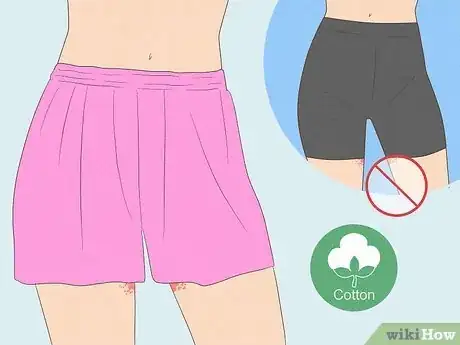

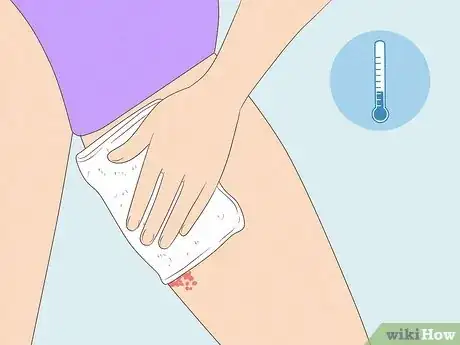
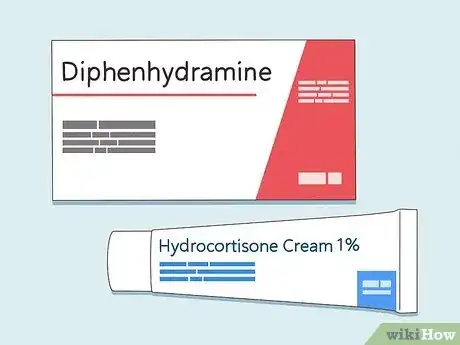
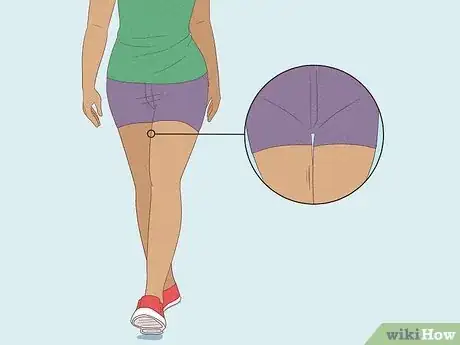
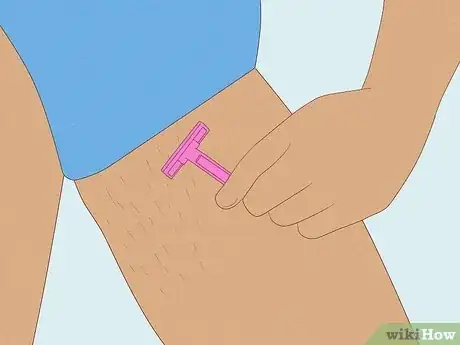
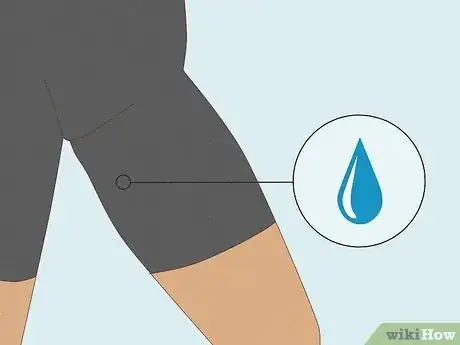
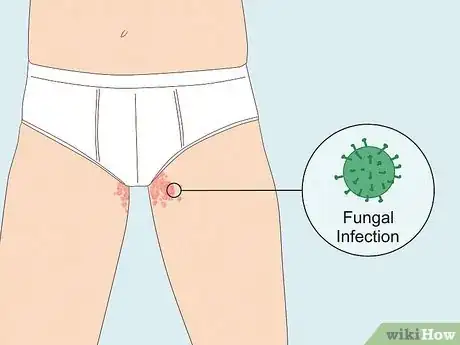
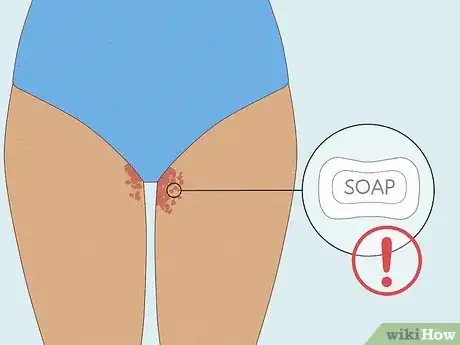
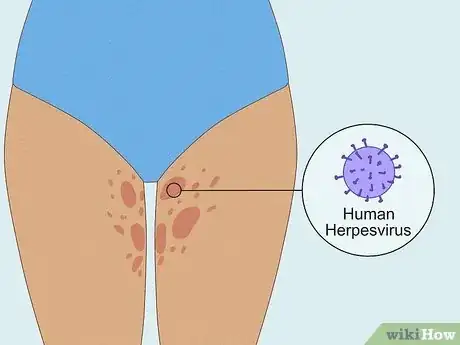
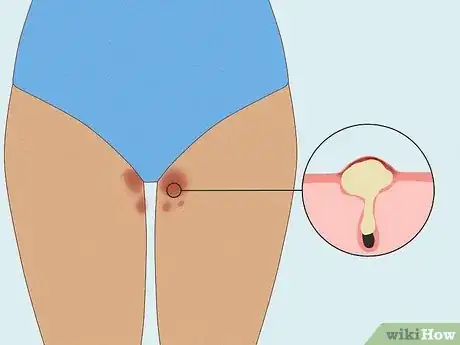
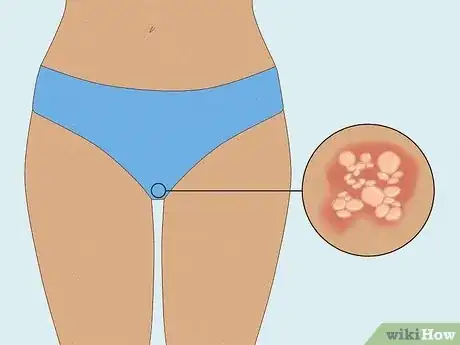
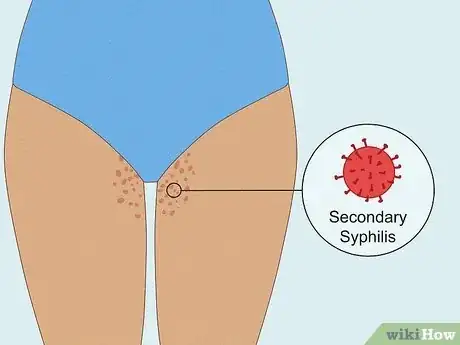
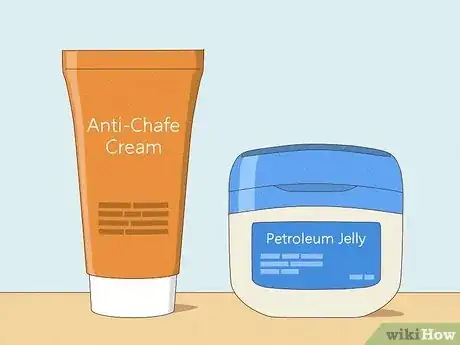
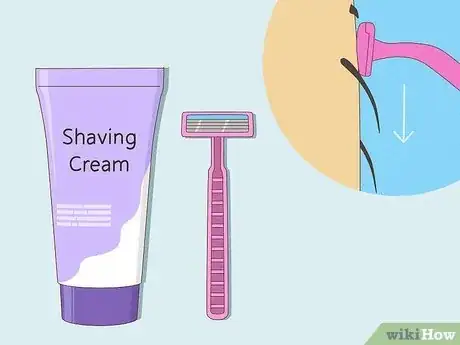
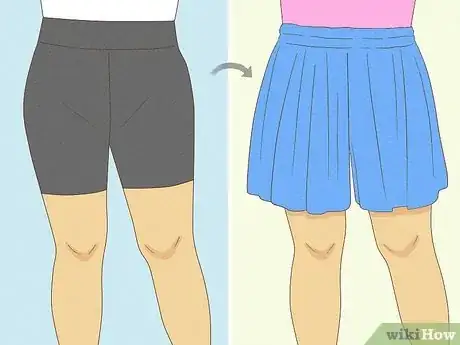
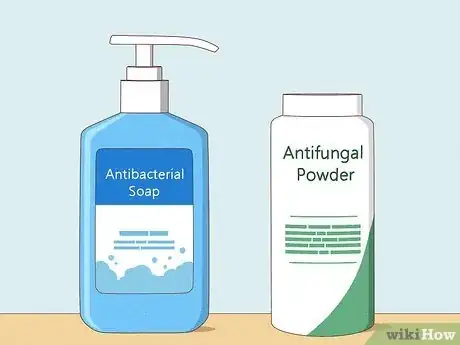

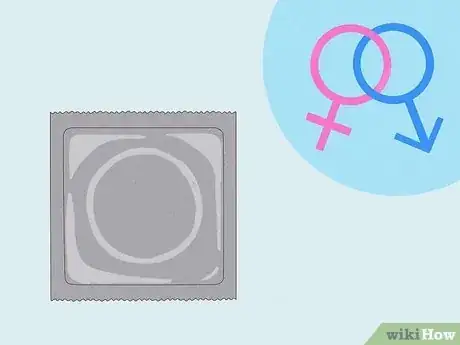

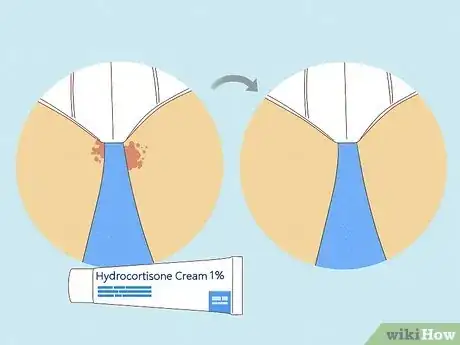
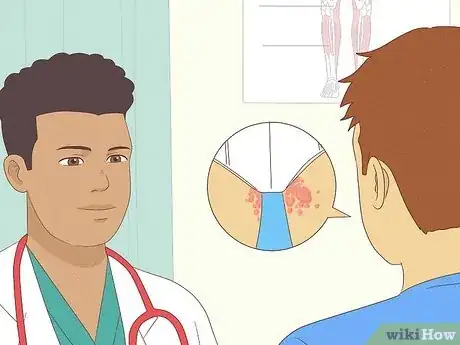



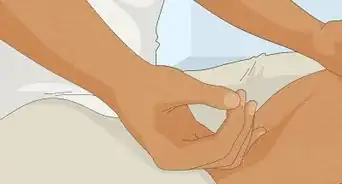
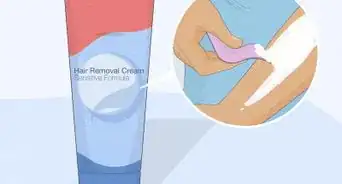


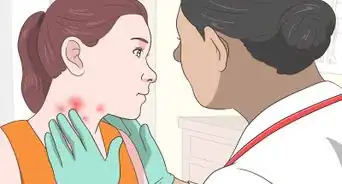

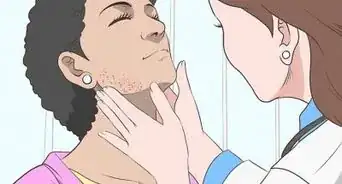



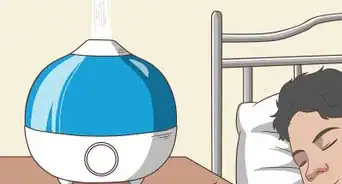











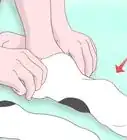




































Medical Disclaimer
The content of this article is not intended to be a substitute for professional medical advice, examination, diagnosis, or treatment. You should always contact your doctor or other qualified healthcare professional before starting, changing, or stopping any kind of health treatment.
Read More...